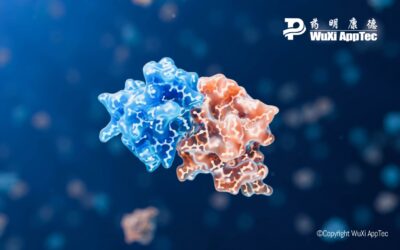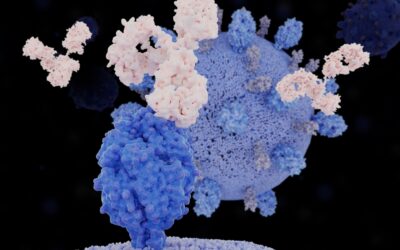Preclinical research teams enter each drug testing project with the same hope – that the drug will meet all the safety requirements in order to advance to phase I clinical trials in humans.
In laboratory experiments, scientists will test their ideas for new prevention strategies. There is a wide range of questions that will be answered via preclinical research.
First and foremost, the researchers will learn if their idea for a new strategy shows any promise. If there’s evidence that the experimental strategy works in in vitro experiments, it may be moved to in vivo experiments, to gather additional information. This can include data on an experimental candidate’s safety, dosing strategy and toxicity.
Once the drug reaches in vivo studies, the organization of the process is very important. Generally, in the beginning, best practices recommend a detailed discussion to address all pertinent questions, making decisions about what will be needed to test all the variables in order to determine the full spectrum of safety results. All the while, the process follows guidelines to comply with the regulations, only using the resources that are fully justified and needed to determine if a drug is safe to advance to phase I clinical trials.
The in vivo tests are not conducted to determine the efficacy of the drug being studied, but strictly for safety assessment. The scientist’s objective is to select the most appropriate resources for the safety study which will provide the best indication that when the drug is administered to humans in phase I clinical trials, it will be safe. Safety is the priority, the objective, the job! And specifying what dose level, or range of dose levels, is safe to administer to humans is the end goal. It’s rarely reached but always pursued with a sense of hope and the utmost effort to succeed. Think of how important that work is in the grand scheme of human health care. Finding molecules that are safe and offer the potential to treat diseases and improve the healthcare of human beings.
Determining the correct and most appropriate testing category may not always be a clear answer in the beginning. In the initial discussions, a client may request using a specific classification because it’s cheaper and easier. But that testing asset may be deemed to be completely inappropriate. With that information presented, a more appropriate selection must be identified that is more predictive and reflective of how the molecule will perform.
Then, dose levels must be determined. What happens when a single dose is administered? What about a rising dose to see what ranges can be tolerated. Is a repeat dose required? Do you need Good Laboratory Practices (GLP) definitive studies? Are all activities being recorded according to recommended best practices by the U.S. Food and Drug Administration (FDA)?
Once all these questions have been answered and a testing protocol established, then the researchers must consider other variables, such as size, weight, how many weeks to administer the dose daily. Monitoring the reactions and responses will result in adjustments based on what the drug does. All of this is something a clinician can use to determine toxicity.
And somewhere during the preclinical safety testing process, hopefully, at the very end, the research team will learn if their drug has proven non-toxic and is safe enough to advance to phase I clinical trials in humans. Those are the happy days for the hard-working scientists.
Speak to one of WuXi AppTec’s experts today to learn more about development, regulatory requirements and testing. Contact us today.
As a global company with operations across Asia, Europe, and North America, WuXi AppTec provides a broad portfolio of R&D and manufacturing services that enable the global pharmaceutical and life sciences industry to advance discoveries and deliver groundbreaking treatments to patients. Through its unique business models, WuXi AppTec’s integrated, end-to-end services include chemistry drug CRDMO (Contract Research, Development and Manufacturing Organization), biology discovery, preclinical testing and clinical research services, helping customers improve the productivity of advancing healthcare products through cost-effective and efficient solutions. WuXi AppTec received an AA ESG rating from MSCI for the fourth consecutive year in 2024 and its open-access platform is enabling around 6,000 customers from over 30 countries to improve the health of those in need – and to realize the vision that “every drug can be made and every disease can be treated.”


